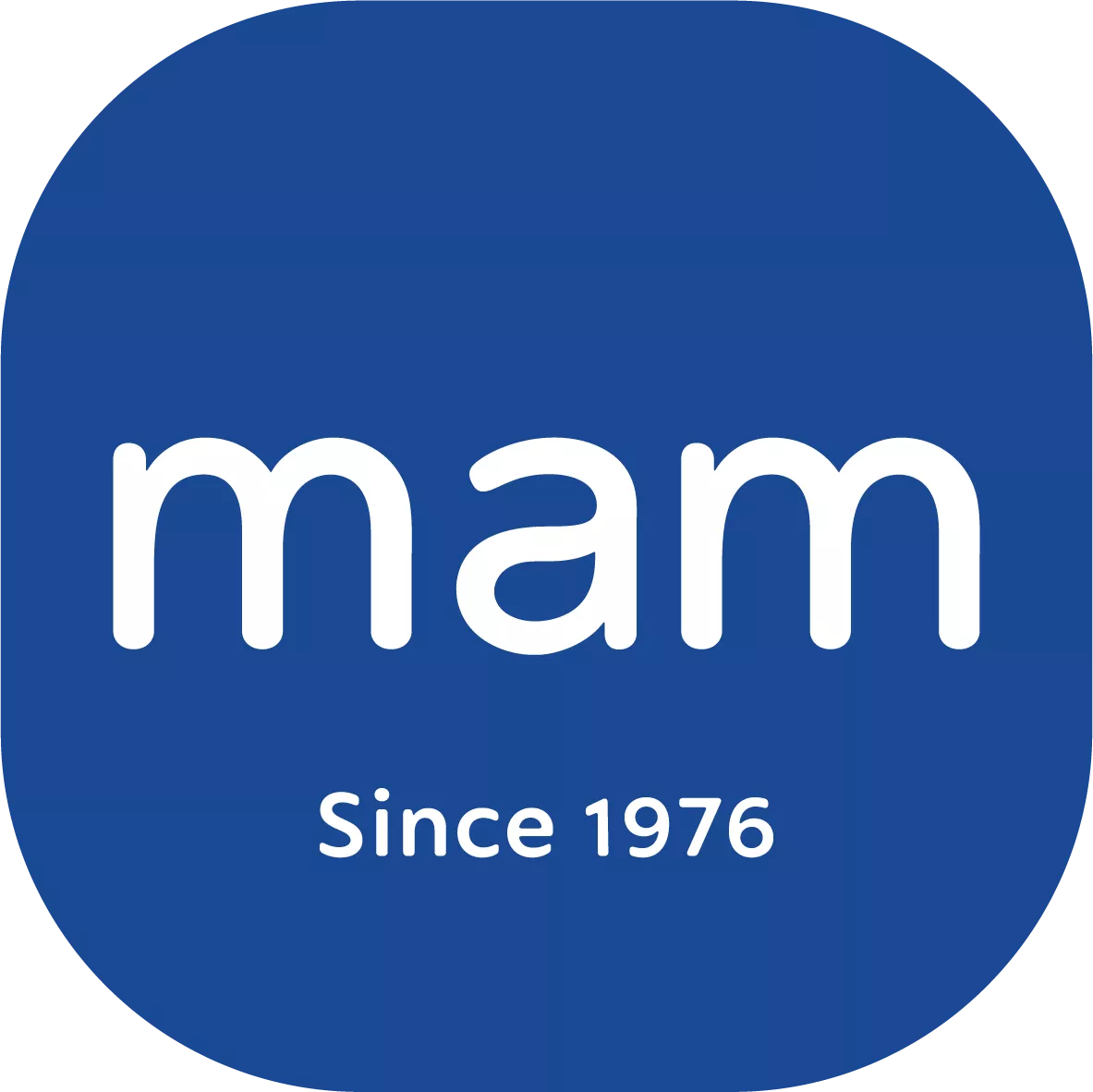When babies cry frequently, one term quickly comes to mind that many people know: “three-month colic”. Although everyone seems to know something about it, colic is not always easy to treat because it is not an easily localized or diagnosable disease. What do we really know about colic? Where does it come from and, most importantly, how can you help your baby with tummy ache?
What is newborn colic?
Around 80 percent of infants often suffer from bloating and flatulence in the first three months of life. In around 10-15 percent of children, this can also lead to cramp-like, extremely severe stomach pains.
How to recognize baby colic symptoms:
- By the duration and frequency of the screaming periods: All babies cry, but your baby may have colic if they cry more than 3 hours a day, 3 days a week for at least 1 week. NHS guidlines
- The baby is almost impossible to calm
- Typical time is late afternoon as well as often after meals
- Accompanying symptoms during the crying period can be paleness, sweating, tightening of the legs, flatulence or improvement after the wind has gone
- It's hard to soothe or settle your baby
- They clench their fists
- They go red in the face
- They bring their knees up to their tummy or arch their back
- Their tummy rumbles or they're very windy
Colic or increased crying usually begins when a baby is a few weeks old. It usually stops by the time they're 6 months old.
Reasons for infant colic
In 95% of cases, there is no physical cause for crying. Theories range from general hypersensitivity to digestive disorders such as increased bowel movements or too little bowel activity. The recommendation is to first rule out organic causes by consulting with your GP or Health Visitor before making a diagnosis of "infant colic”.
Other reasons why your baby is crying could include the following:
- Cow’s milk allergy
- Lactose intolerance
- Reflux
- Infections
- Injuries
In these cases, you should definitely discuss further treatment with your doctor.

Tips for newborn colic relief
Many parents despair when their baby screams continuously. After all, it is not just heartbreaking, but also strains their own nerves. The following points can be helpful:
- A relaxed environment (e.g. dim the lights) so that your baby can rest more easily
- A well-structured day with fixed sleeping and eating times
- A lot of carrying on the body (ideally using a sling or an ergonomic carrying aid)
- Introduce and maintain a sleep ritual
- Soothing singing or baby massage: this can be done daily from the 4th week. Using a little oil, make “stroking” movements – e.g. circling around the navel or with the thumbs away from the navel. This is best done an hour before or after a meal or after a bath.
- In any case, stay with your baby when he or she is crying.
- If you feel that it is getting too much for you, get help and professional advice from your GP or health visitor
- If you are using a bottle either for breast or formula milk, there are special anti-colic bottles that prevent too much air from being swallowed. Almost 80% of the mothers who participated in a study with MAM anti-colic bottles confirmed an improvement or reduction in screaming and abdominal cramps.
If there are screaming clinics in your area, they are the perfect place to go. They are specialized in dealing with screaming babies and are thus able to offer professional help and support to stressed parents.
But you can also get advice from pediatricians in this difficult situation. It is important to never, ever shake the child, because an infant’s throat/neck area and brain are extremely sensitive and, in the worst case, this can lead to a brain hemorrhage.
How to cope if you have a newborn with colic can be upsetting, but it's usually nothing to worry about and will pass with time.
Ask for support:
- from other parents, family or friends
- by calling the Cry-sis helpline on 0845 122 8669 (9am to 10pm, 7 days a week)
- from your health visitor, by calling NHS 111 or seeing a GP
Photos: Shutterstock
Sources:
Pädiatrie und Pädologie. Österreichische Zeitschrift für Kinder- und Jugendheilkunde: Gastroösophagealer Reflux und Säuglingskolik in der pädiatrischen Praxis. Dezember 2014. Nr. 06. S. 38-40
Gastroösophagealer Reflux und Säuglings in der pädiatrischen Praxis, ÖGKJ Pädiatrietage 2014, Pädiatrie & Pädologie 6/2014
Reduction of abdominal colic in infants by using bottom ventilated bottles, B. Lehner, A. Woppmann, R. Kerbl
R. Kerbl, Säuglingskoliken („Colicky infants”), Gaissacher Ärzte-Journal, 19/2014, 14-17, 2014





